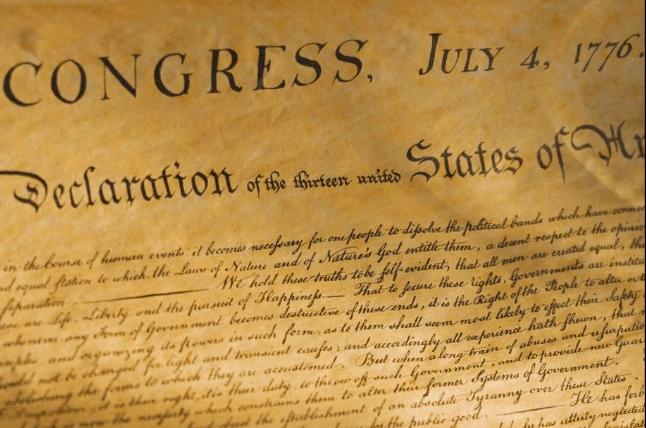How to Supercharge Nonprofit Major Giving Using the Language of Love
 What motivates someone to make a major philanthropic gift?
What motivates someone to make a major philanthropic gift?
Generally it takes one or more meaningful conversations with a donor who (you hope!) may contemplate a gift to your organization. At some point you’ll be ready to make them an offer you hope they won’t be able to refuse. But how do you develop their interest and passion to the point where they’re willing and ready to enact them? Today I’m suggesting it’s actually pretty simple, as long as you truly understand the process of what the nonprofit sector has come to call “development.”
To get folks to “YES” you simply need to learn the language of gift planning!
It’s not just about HOW people give, but WHY.
Planning is the operative word. Alas, when many folks talk about ‘planned giving’ it’s a term that’s come to mean giving vehicles. Often it’s just about deferred giving vehicles. Most donors don’t think this way. Rather, they consider how they want to help. They concern themselves with the best ways to enact their values. This may mean an outright gift today or a deferred gift tomorrow. Or both. Form follows function. So thinking in terms of gift vehicles is a decidedly non-donor-centric way of framing things.
People making bequests or gifts in trust often visit legal and financial advisors. So we think of this more as “planning” mode. And we ask “planned gift officers” to work with these folks. This isn’t wrong, but it’s not as right as it could be if you approached the donor’s giving decision more expansively.
In othe words, major gift officers are also planned giving officers.
Anyone who contemplates a major, or stretch, outright gift plans ahead.
No one gets up one morning and decides spontaneously to give away $100,000.
Or let’s just stipulate it’s relatively rare.
Rather, would-be philanthropists consider how making a particular gift at a particular point in time may match their values and help them accomplish their objectives, personal and philanthropic.
It’s seldom a spur of the moment action.
For purposes of this gift planning article, let’s consider your audience to be prospective major (outright) and legacy (deferred) gift donors.



 When you’re not aware you’re making a mistake, it’s hard to avoid it.
When you’re not aware you’re making a mistake, it’s hard to avoid it.

 I recently wrote about
I recently wrote about 
 I’ve created for you a little “Declaration of Fundraising Independence” to help you become a fruitful philanthropy facilitator from this day forward.
I’ve created for you a little “Declaration of Fundraising Independence” to help you become a fruitful philanthropy facilitator from this day forward.
 Legacy gifts don’t fall from the sky.
Legacy gifts don’t fall from the sky.